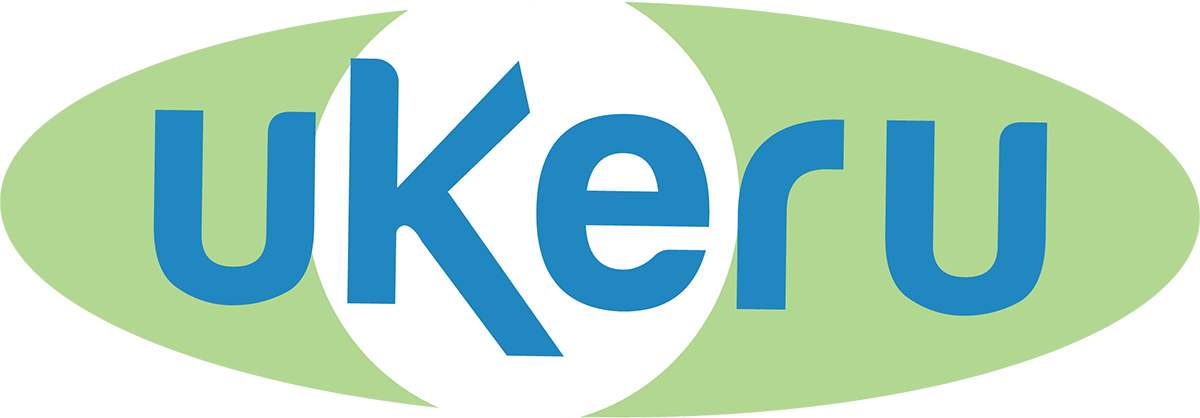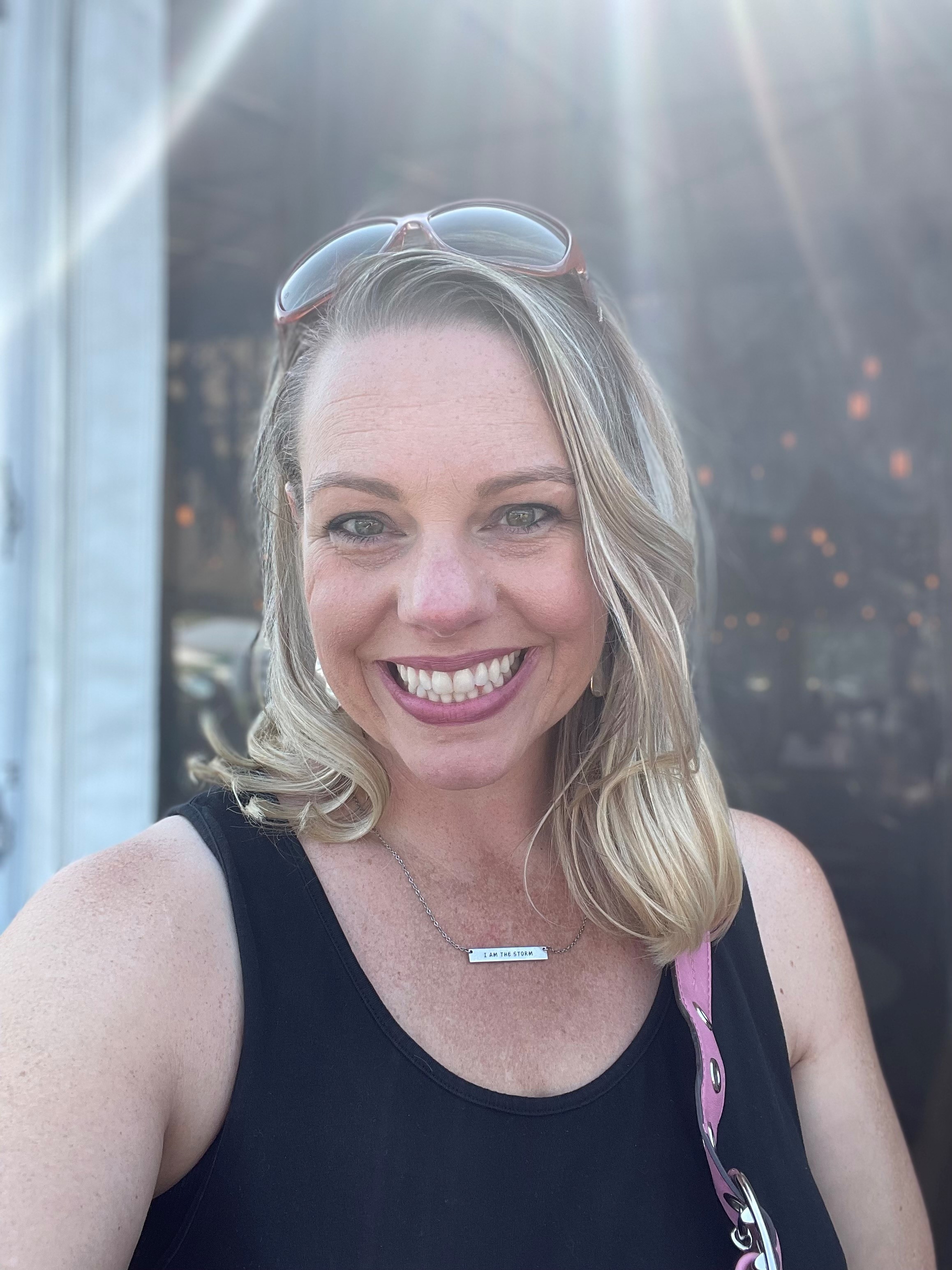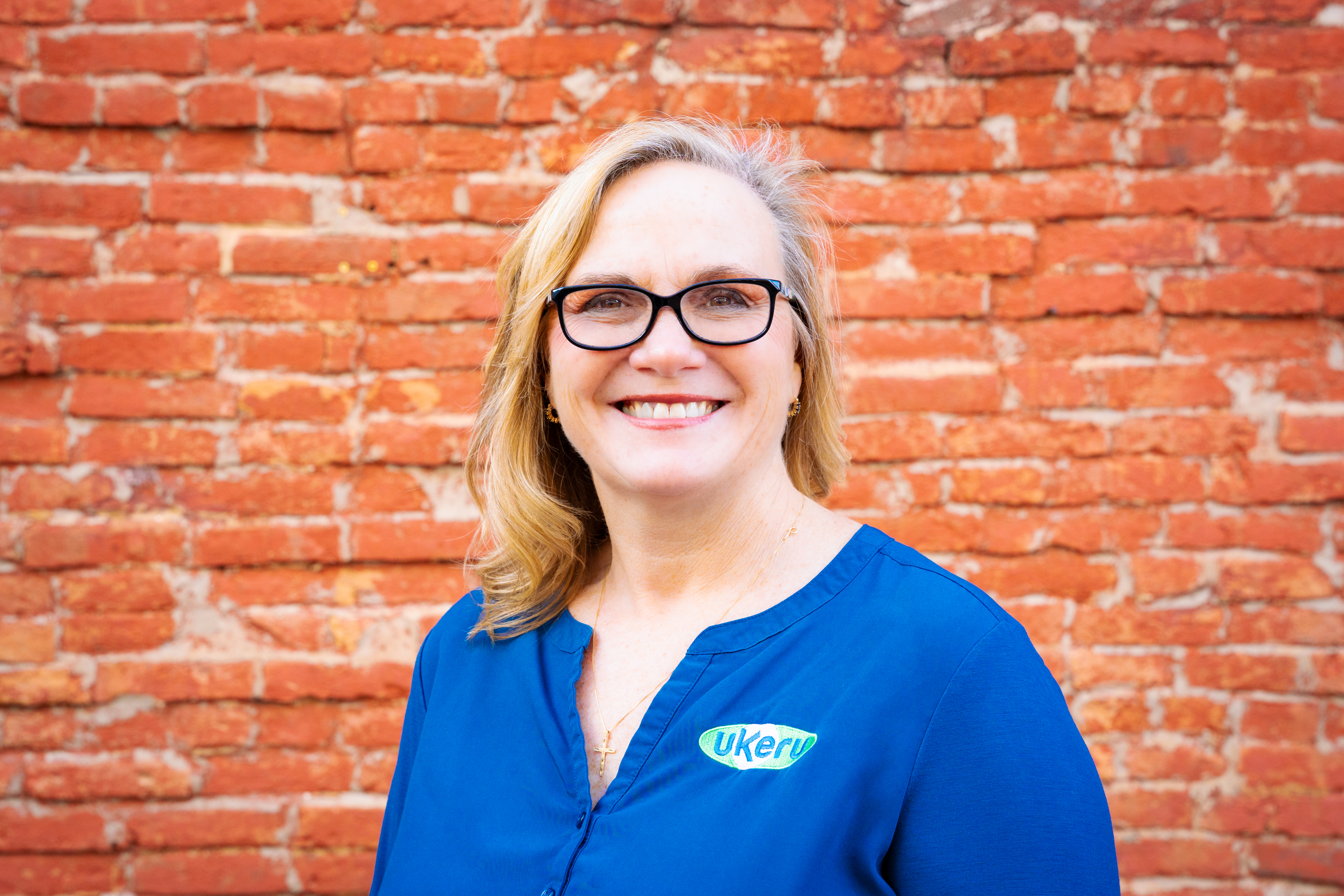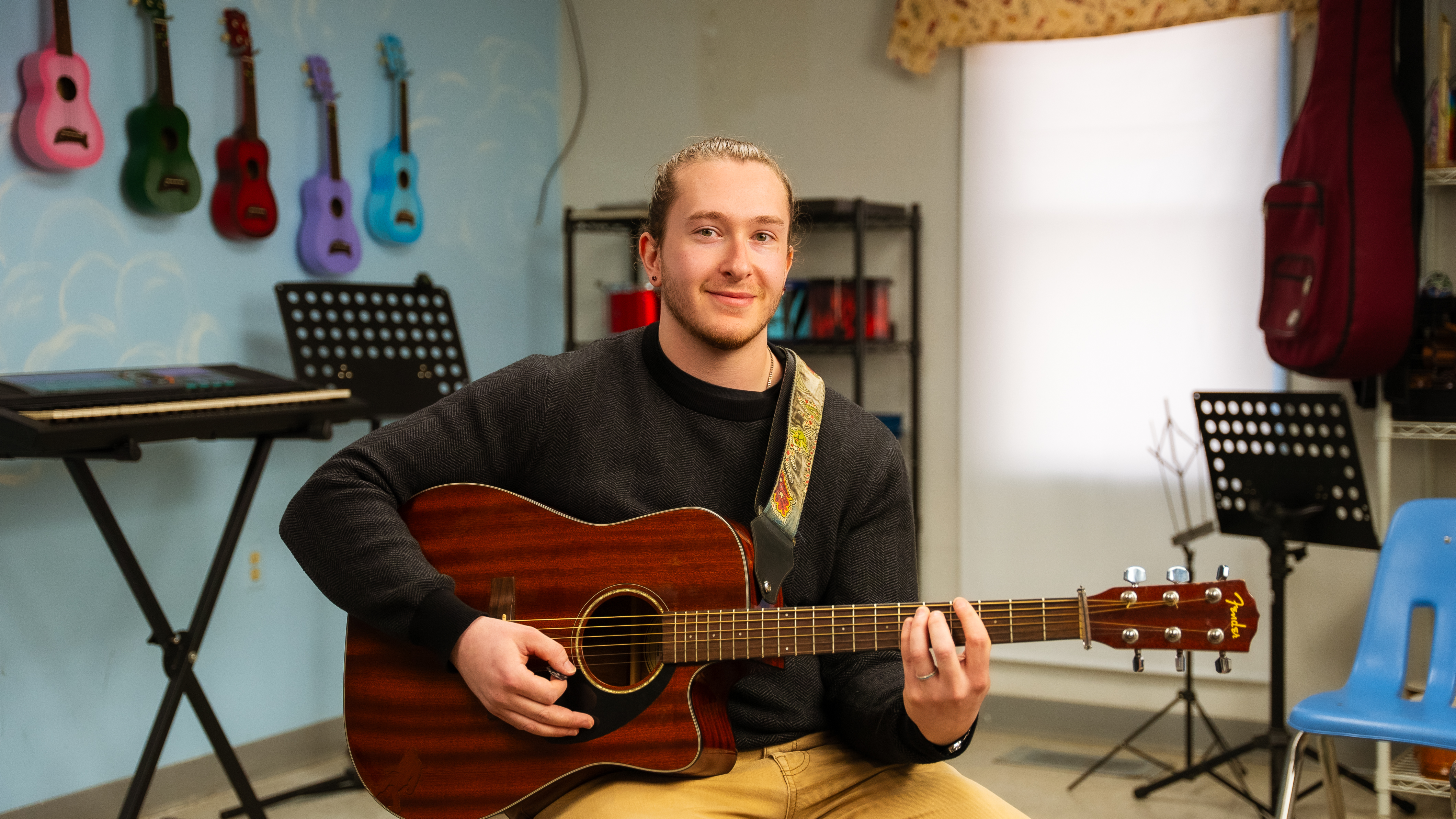Looking at the world today, it may seem as though our differences outweigh our similarities. But there is one fundamental commonalty that binds nearly everyone: our desire to nurture and protect the youngest and most vulnerable among us.
Sadly, there are other, far more unfortunate parallels that exist throughout the world – the overuse of restraint and seclusion in school settings.
We talk frequently in this newsletter about the struggle to reduce the use of these coercive approaches in the US. But this country is certainly not alone. Recently, Victoria, Australia made worldwide news as statistics emerged showing that, between October 2015 and the end of March of 2017, seclusions and restraints were used 984 times on students during the school year. Adding to the concern, the latest survey by Children and Young People with Disability Australia reports that 38 percent of families said their disabled children had been restrained or secluded at school.
As you’ve heard me say before, children in this country are restrained or secluded over 267,000 times each year in the country’s public schools. And, like Australia, many of these children have special needs.
Research shows that such interventions are not helpful In fact, they often cause and maintain aggression and violence. Why, then, are both Australia and the US, among other countries, still using them? The answer seems to be training. Often, teachers and aides turn to restraint or seclusion when verbal de-escalation doesn’t work. They are offered no other options nor is training provided on alternative techniques. And, as Deputy President of the Australian Education Union Justin Mullaly, points out “If they [teachers] are only taught physical restraint, then that’s what they will rely on.”
I have worked in settings all over the world — including Australia — sharing the Ukeru model and philosophy. There is yet another similarity I’ve identified throughout my travels – no one wants to restrain or seclude a child. They simply don’t know what else to do. What would the world look like if educators were taught how to provide children with comfort rather than controlling them physically during moments of crisis in the classroom? What would the world look like if teachers and aides were taught a physical alternative (that is not restraint) for times when their words didn’t work?
Other countries are beginning to adopt this theory of comfort over control. Earlier this year, the Human Rights Commission issued the report Thinking Outside the Box? – A Review of Seclusion and Restraint Practices in New Zealand, written by international expert, Dr. Sharon Shalev. The data reinforced the detrimental effects of these practices. Even before it was released, however, New Zealand had taken an historic step to better ensure the safety of its children by eliminating the use of seclusion as an acceptable form of behavioral management in its schools. This is an example that many other countries — the United States and Australia included — should follow.
Recognizing that people the world over have a shared desire to protect and nurture our children, I am optimistic that, with the right tools, more schools, communities and countries will focus on comfort rather than control. No matter where we live, children are our most precious resource. But in order for children to thrive, we must stop hurting them.
To stay informed in between issues of this newsletter, please be sure to follow us on Twitter @UkeruSystems or on Facebook. Current information is also available on our ourwebsite.
Sincerely,
Kim Sanders, President, Ukeru Systems




